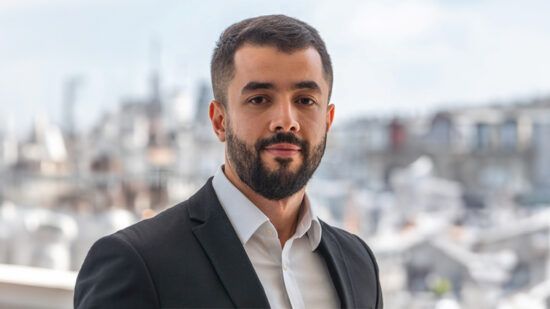Over the past decade, sustainable investment has undergone a rapid transformation. Forty years ago, it was a niche practice to enable charities and religious organisations to screen out investments at odds with their purpose or ethics, such as tobacco or the arms industry, or to support the set-up of specialist green and environmental funds.
Socially responsible investment, or SRI, was coined at the turn of the millennium. More recently, it’s been recognised the ESG practices of a company are material to both its downside financial risks and upside performance potential. The result is the widespread adoption of so-called ESG factors into investment analysis, stock selection and corporate engagement.
Issues such as climate change, poverty and social inequality have been climbing the global agenda, catalysed by the worldwide adoption of the United Nations’ 17 Sustainable Development Goals (UN SDGs). Governments, intergovernmental organisations, and investors—from major institutional funds to individual private investors—are urgently asking how mainstream investments can do good in the real world (rather than just avoiding harm).
See also: Franklin Templeton Q&A: Emerging markets are under-owned, undervalued and underestimated
The sustainable investment opportunity in emerging markets
To date, sustainable investment has focused heavily on opportunities within developed markets. But we believe the world’s emerging markets also present compelling opportunities that require specialist, local knowledge in order to be identified and captured effectively. Additionally, there are a number of macro factors at play that further solidify the emerging market sustainable investment opportunity for the long term:
Opportunity 1: Emerging market growth invites a rethink on global challenges
Emerging markets are set to be the key beneficiaries of two global megatrends: urbanisation and demographics. It is estimated that 56% of the world’s population live in cities and over 80% of global gross domestic product (GDP) is generated from cities. This trend is expected to continue, with the urban population more than doubling its current size by 2050, at which point nearly 7 out of 10 people will live in cities. Most of this future urban population growth is expected to take place in emerging economies.
At the same time, the world’s population is projected to reach 8.5 billion and 9.7 billion, by 2030 and 2050 respectively, from close to 8 billion in 2022. 99% of the population growth by 2030 is expected to be in emerging economies. By 2050, 101% of the population growth is expected to be from emerging economies, with that in developed economies declining by 1%. These trends support economic growth and wealth creation in terms of consumption, connectivity and innovation. But there is now a global appetite to see how this economic activity in developing markets can address—rather than exacerbate—ongoing global challenges such as poor labour practices, pollution, resource scarcity and climate change.
Opportunity 2: Emerging markets face a huge sustainable development funding gap
A concerted global effort to tackle perennial challenges such as poverty, inequality, climate change, environmental pollution and resource scarcity was established in 2015 with the launch by the United Nations General Assembly of its 17 UN SDGs, plus 169 underlying targets. Unanimously adopted by the 193 UN member states, the UN SDGs are the first truly global framework for action to achieve a better and sustainable future for all.
The timetable for the UN SDGs is ambitious: it’s hoped that all goals will be achieved by 2030, with progress subject to annual monitoring. But meeting the UN SDGs in this timeframe presents a significant funding gap that can’t be met by government spending alone, especially in lower-income economies. That gives rise to a major financing role for private capital—and therefore a significant opportunity for investors.
Opportunity 3: Societal/regulatory pressures are driving corporate stewardship
Across emerging markets, there has been a wave of interest in corporate stewardship led by local government policymakers, shareholders and other stakeholders.
Stock exchanges are asking for more disclosures from their corporate constituents—albeit this is primarily on a voluntary basis at this stage. To attract inward investment, many countries are adopting global frameworks such as the World Bank’s Ease of Doing Business indicators. Companies themselves are increasingly open to engagement. There has been some strong improvement in ESG disclosure in recent years, if often from a low base.
But the right insight and process is essential
The combination of economic growth, the need for private capital to help fund the UN SDGs and rising corporate standards provide a compelling sustainable investment opportunity for emerging market participants. But the move to better ESG standards in these markets is still very much a work in progress.
Given the diverse corporate practices and varying levels of policymaker engagement across markets, this is an area that requires first-hand corporate access, deep local knowledge of individual markets and a robust stock selection process to identify the most impactful sustainable opportunities—including those with potential for future improvement.








